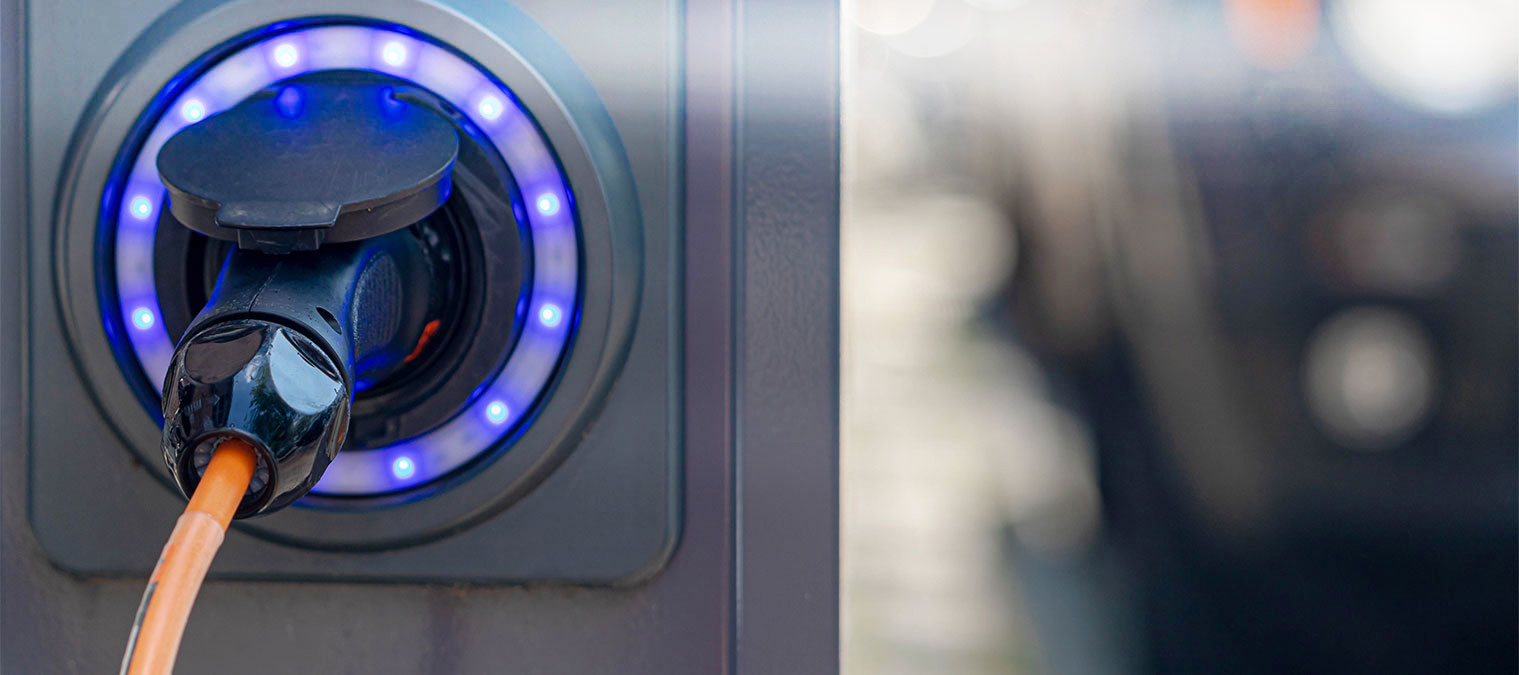Electric buses (e-buses) have caught the attention of the Indian public transport operators due to their ability to address the issues of rising greenhouse gas emissions, and air and noise pollution caused by conventional fuel buses. The Faster Adoption and Manufacturing of (Hybrid &) Electric Vehicles (FAME) II scheme envisages the deployment of 7,000 e-buses by 2024. In order to make this a seamless transition, an efficient charging infrastructure is imperative. Currently, depot-based plug-in charging is the most common method of charging e-buses in India. Though it is preferred for its low capital cost and use of low-power chargers—and also because it draws power during off-peak hours—there are several challenges associated with this technology. For instance, it can be installed only at a few designated locations, requires long charging durations, causes high range anxiety, and demands dedicated space. Several manufacturers, operators, and decision-makers are keen to explore other charging alternatives, therefore.
In this context, this study explores three alternative charging technologies: battery swapping, opportunity charging, and battery-assisted trolleybus systems.
